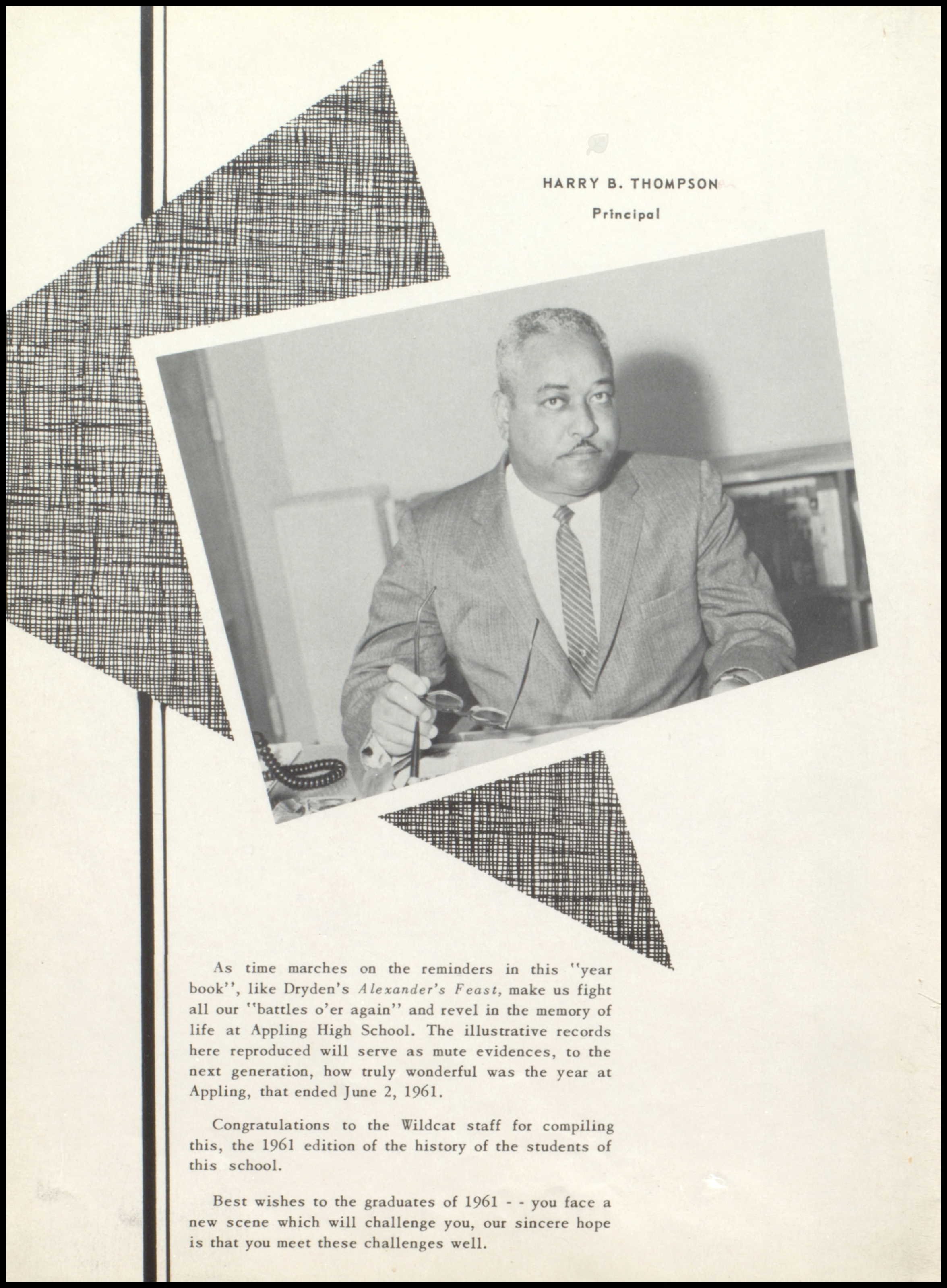Profile: Dr. J. H. G. Williams
Physician and Surgeon
Graduate of Shaw University, Raleigh, NC
John Henry Giles (J.H.G.) Williams was born on September 7, 1872, in Anderson, SC to Coleman Williams and Alice Sherrard. He briefly attended Paine College in Augusta, but he had to delay his studies due to financial challenges. Williams furthered his education by attending Howard University before graduating in 1904 from Shaw University, a private historically Black college (HBCU) in Raleigh, NC. He began practicing medicine in Columbus, GA before relocating to Milledgeville, GA. where he practiced medicine and surgery. Williams married Minnie Maud Miller of Augusta on June 20, 1905, with whom he parented two children, John Henry Giles, Jr. and Grace Maud. Mrs. Minnie Maud Williams operated a private school for Black children at the site of the present-day Slater’s Funeral Home in Milledgeville. Dr. J.H.G. Williams later married Ella Alexander.
In Milledgeville, Dr. Williams operated a drug store and was a member of the C.M.E. Church, where he served as both a steward and a trustee. He later relocated to Macon, where he operated his business at 552 New Street and lived at 659 Spring Street. Williams was a neighbor of another prominent African American Maconite, Ruth Hartley Mosley. The site where his home was located is now a parking lot. He was a member of the Macon Academy of Medicine, which included other Black physicians, pharmacists, surgeons, and dentists. He died of a heart attack on April 4, 1930, and was interred at Oak Ridge Cemetery. Hutchings Funeral Home provided services.
What happened to the Williams Children?
Like many Southern African Americans, between 1910-1970, the Williams children left Georgia and participated in the Great Migration, a mass movement of African Americans from the Southern United States to northern, and western cities.
Both Williams’s children relocated to Washington, DC. Grace Maud Kelly (nee Williams) graduated from Howard University, and married Paul Kelly, who once published an entertainment newspaper in DC called “Nitelife.” She was a school teacher at Randall Junior High School, and a member of Alpha Kappa Alpha Sorority, Inc. She passed away in Washington, DC in 1961.
John Henry Giles Williams, Jr. also relocated to Washington, D.C., where he worked at the Social Security Administration, among other occupations He died on May 10, 1988.
Emancipation Day: A Brief History
To many, January 1 is celebrated as #newyearsday2024 , but in the African American community this day is also known as #EmancipationDay, as it marks the effective date of the Emancipation Proclamation, the 1863 document that freed all enslaved people in states that were still in rebellion against the United States in the Civil War.
Macon was no exception to this tradition. A perusal of local newspapers reveals that the celebration was a popular one for the local African American community. Emancipation Day Celebrations were held at locations ranging from the City Auditorium to local churches like A.M.E. church on Cotton Avenue, to the City Auditorium. The programs featured music, prayer, and readings, such as renditions of the Emancipation Proclamation, and culminated with an address, usually by an esteemed member of. the community or a special out-of-town guests. In 1899, the guest speaker was none other than Booker T. Washington, the famed leader of Tuskegee Institute, now Tuskegee University.
Parades were also popular. In 1909, the Douglass Emancipation Society used the occasion to collect funds for a library. Military companies such as the Bibb County Blues, the Lincoln Light Guard, and Sandy Lockhart’s group, as well as schools, and other societies, participated in the parades.
Harry B. Thompson: First Principal of Peter G. Appling High School
Every day, thousands of cars pass by the Harry B. Thompson Stadium located on Shurling Drive in Macon. Little do many know that the structure was named for the first principal of Macon’s second Black high school. Harry B. Thompson Stadium, which opened in 1996, sits on the former campus of Peter G. Appling High School, which opened in 1959. Prior to that date, the only option for Black youth to gain a high school education was at the co-educational Ballard-Hudson High School.
Ballard-Hudson has a storied existence in Macon’s history. Its roots can be traced to Lewis High School, an ambitious endeavor of the American Missionary Association, to provide education to newly emancipated African Americans following the Civil War. Although missionaries who arrived in Macon after the ward discovered rudimentary education already being provided by literate and semi-literate formerly enslaved men and women, Lewis is credited with being one of a handful of high school options, although private, for African Americans in the south. Lewis High School changed its name to Ballard Normal & Industrial Institute in 1888. It merged with Hudson High School, the first public high school for Black youth, in 1942.
Seventeen years later, “across the river,” Peter G. Appling High School opened its doors in 1959. The school’s mascot was the Wildcats and Harry B. Thomspon was its first and only principal. Thompson came over from Ballard-Hudson, where he had also coached. A giant of a man, Thompson was a native of Bluefield, W.V., and graduated from Morris Brown College in Atlanta, where he was reportedly a star athlete. Loved and respected by many, Thompson was a member of Washington Avenue Presbyterian Church, earned a master’s degree from Atlanta University, and was a member of Alpha Phi Alpha Fraternity, Inc.



